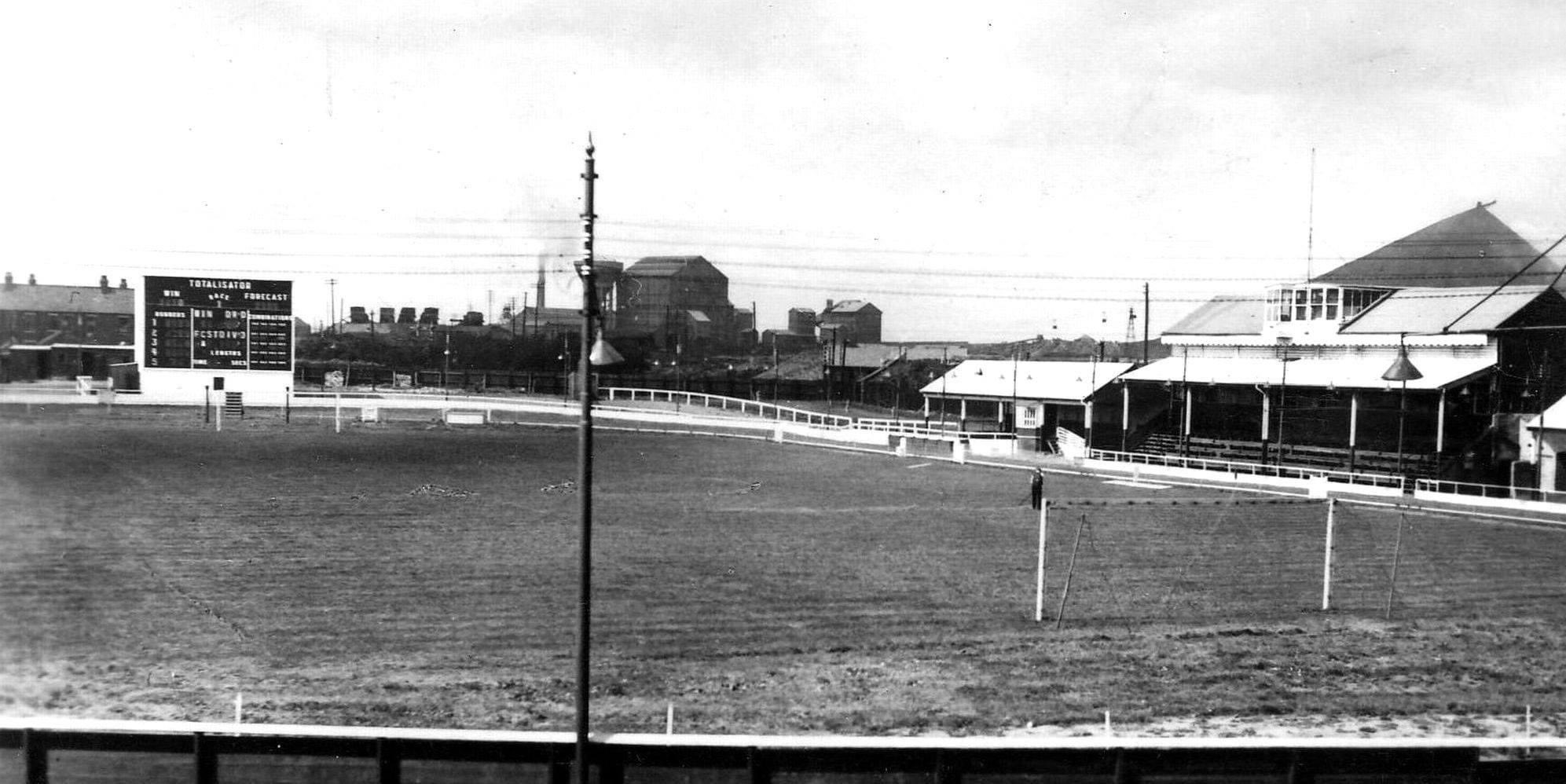ashi01
Football, Greyhound (1936 - 1993), Speedway (1972)
Portland Park
55.184480, -1.571407
Ashington
Opened:
1909
Closed:
2008
Redeveloped
Condition:
Home Teams/Clubs:
Last Updated:
11 Mar 2025
Ashington AFC, Ashington Arrows
HER Description
Portland Park was the home of Ashington AFC between 1909 and 2008. The club, founded back in the 1880s, previously played at the recreation grounds. A new ground was mooted for some time before 1909, with constant issues facing them. A piece in the Morpeth Herald of 22/08/1908 states the Duke of Portland sanctioned land near Langwell Crescent on or near the site of the cricket ground; however, this didn’t happen due to local objections.
Portland Park was originally named Station Road, and the club played there from 1909. This is noted in the club’s AGM when Ashington was going through its zenith. They finished 6th in the Northern Alliance (W 16, L 15, D 3) with a win in the Aged Miners Cup. Within the same year, they had procured another ground on Station Road due to the high rents demanded there, but it was decided to spend some of the money made in their successful year to erect stands and dressing rooms on this site. The pavilion on the north side, costing £350, opened in 1912 and provided a capacity of 1,000 spectators. The full suite of dressing rooms opened concurrently, and was opened by Mr J J Hall (the manager of Ashington Collieries), and a game against Newcastle United ensured a loss of only 1-0. Sadly, gate receipts didn’t live up to expectations, and the club ended up at a heavy loss by 1915, though this would certainly have been attributed to wartime. During the war, county women’s games were played on the ground.
Ashington found mixed success in later years, reaching the third round of the FA Cup against Nottingham Forest in the 1926-27 season, but a couple of years later they finished bottom of the Football League Third Division North. As there was no space in Division One of the North Eastern League, they then ended up in Division Two. Portland Park went on to see some fine games, including a record 13,199 turning out for the FA 2nd Round against Rochdale in December 1950 and continual successes in the Northumberland Senior Cup.
Like many football grounds, it was also used for greyhound racing and speedway. The first meeting was in October 1936 and was quickly marketed as the “best lighted and most modernly equipped track in the North of England”. Meetings continued there through to 1964, ending after a non-agreement between the football club and the Portland Park Grey Racing Co. The facilities were stripped, and the dogs were sold off from the kennel girls to “miners in cloth caps” for any price willing to be accepted. Speculation on its reopening emerged from 1981 after interest from local businessmen. A new sand-filled track was needed, alongside storage for traps, a judge’s box, and kennels after some two decades of racing absence here. The football club was wary and didn’t approve of any profit-sharing arrangement. Racing did, indeed, restart, however, in August 1964 with a circumference of 380 yards. Successes clearly followed, as the Ashington Greyhound Racing Co. sought a ground at Kilsyth in Scotland. The second term of greyhound racing at Portland Park ceased in the mid-90s, with the last meeting on 26 February 1993.
Between the absence of greyhound racing, two speedway and stock car meetings were held there in 1972 under the Ashington Arrows team. It was only there for a short time, as sparks led to one of the stands burning down. A new 300-seater stand was constructed.
Portland Park was sold by the council in 2006, under the agreement that a new ground would be built on the outskirts of the town. The last match was against Seaham Red Star in February 2008 in front of a crowd of 1,954. Around six months later, work started on demolition to make way for the current Asda supermarket.

Ordnance Survey, 1923

Portland Park c1935, just before the Greyhound track was instituted. The shot is facing the north stand. Source: Billy Embleton
Have we missed something, made a mistake, or have something to add? Contact us

Portland Park, undated but around the 50s or early 60s given the prevalence of the dog track.
Historic Environment Records
Durham/Northumberland: Keys to the Past
Tyne and Wear: Sitelines
HER information as described above is reproduced under the basis the resource is free of charge for education use. It is not altered unless there are grammatical errors.
Historic Maps provided by


